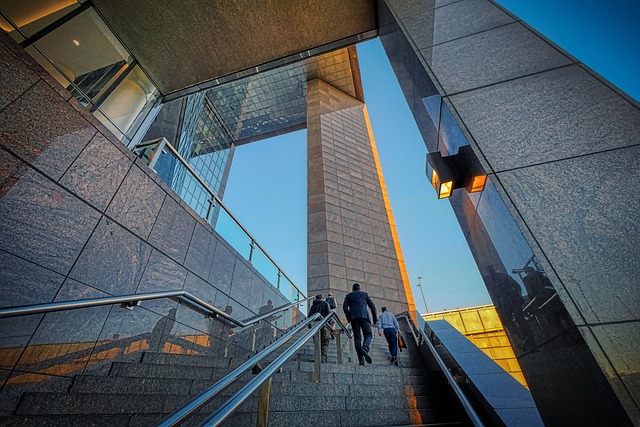In the quest for progress, the intersection of technology and urban spaces is reshaping our everyday lives. As cities expand and populations grow, the need for efficient solutions becomes paramount, paving the way for what we now call smart city development. This transformative approach harnesses the power of robotics and artificial intelligence (AI) to create environments that are not only more efficient but also more responsive to the needs of their inhabitants.
Imagine a morning where public transport is seamlessly integrated with real-time data, thanks to robotics. Automated buses navigate their routes, adjusting to traffic conditions and passenger demand in a way that minimizes delays. This level of automatisation in business ensures that operations run smoothly, reflecting a commitment to improving the quality of life for residents. The incorporation of AI algorithms allows for smarter resource allocation, reducing wait times and congestion in urban areas.
Moreover, robotic technology plays a significant role in urban maintenance. Drones equipped with AI capabilities can monitor infrastructure, identifying weaknesses in bridges or the need for repairs in high-rise buildings. These intelligent systems not only enhance safety but also optimize maintenance budgets, allowing cities to prioritize urgent needs without overspending.
Artificial intelligence extends beyond mere observation; it learns and evolves, adapting to the complex dynamics of urban life. In a smart city, AI can personalize services, from intelligent traffic light systems that adjust in real-time to alleviate congestion, to tailored public services that respond to the unique needs of different neighborhoods. This level of personalization fosters a deeper connection between citizens and their cities, making urban environments feel more human-centric.
Automation in businesses also significantly influences smart city development. Companies are increasingly employing AI and robotics to streamline operations, reducing manual tasks and increasing efficiency. This shift not only creates new job opportunities in tech and management but also results in the development of smart infrastructures that can support innovative urban ecosystems. Industries are rethinking logistics and supply chains, making them more responsive and adaptable to daily changes.
Furthermore, as cities become smarter, they also become more sustainable. Robotics can assist in waste management and recycling processes, ensuring that resources are utilized more effectively. AI systems can analyze patterns in energy consumption, leading to smarter, more sustainable energy solutions that reduce waste and promote eco-friendliness without compromising the needs of a growing population.
The transformation brought forth by robotics and AI in smart city development is not just a technological advancement; it is a reimagining of how urban spaces function and interact with their residents. It is an invitation to engage with our environment in ways that prioritize efficiency, sustainability, and quality of life. This future, envisioned through the lens of innovation and interaction, is within our reach, urging us to embrace the possibilities that lie ahead.



